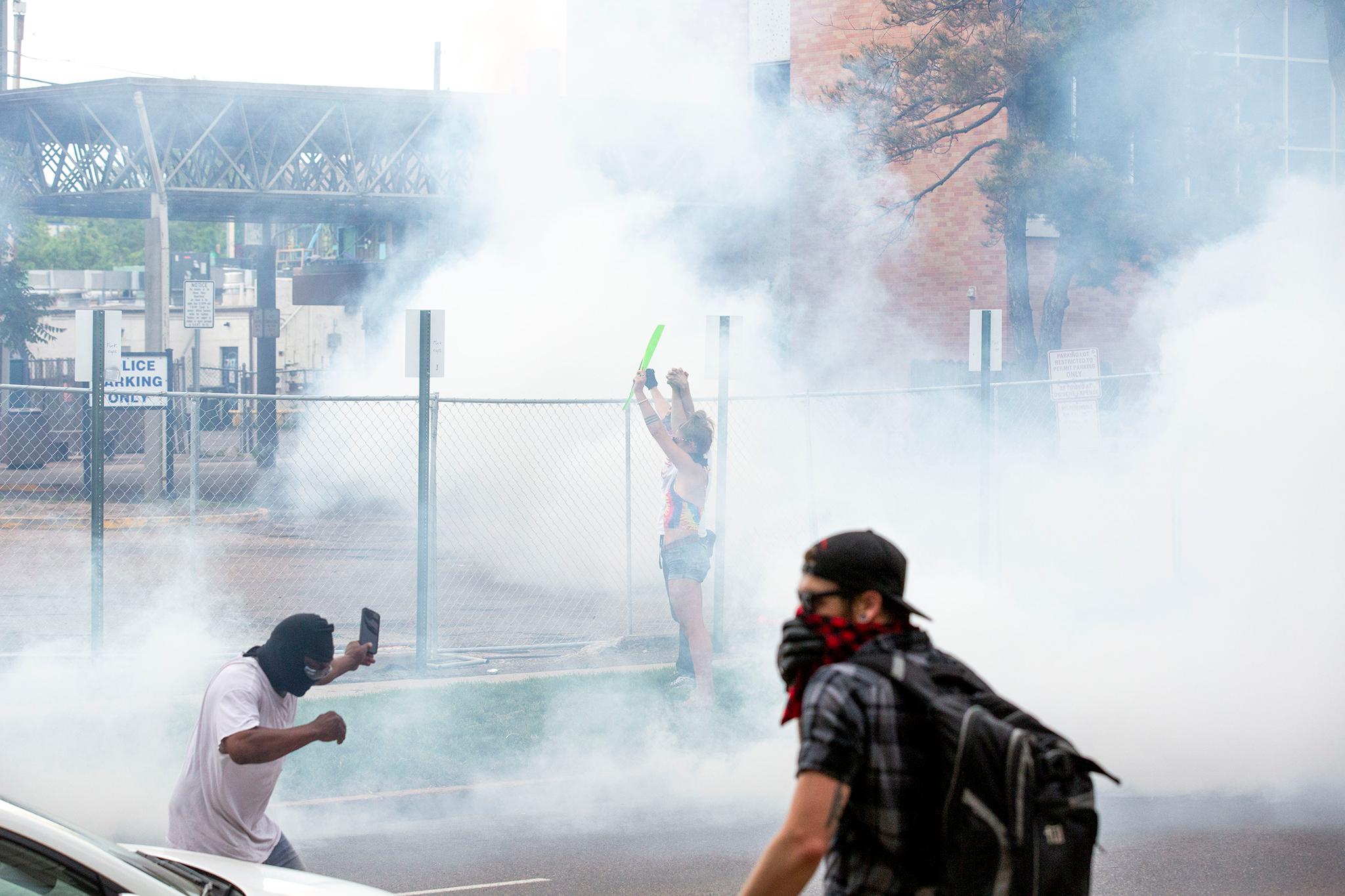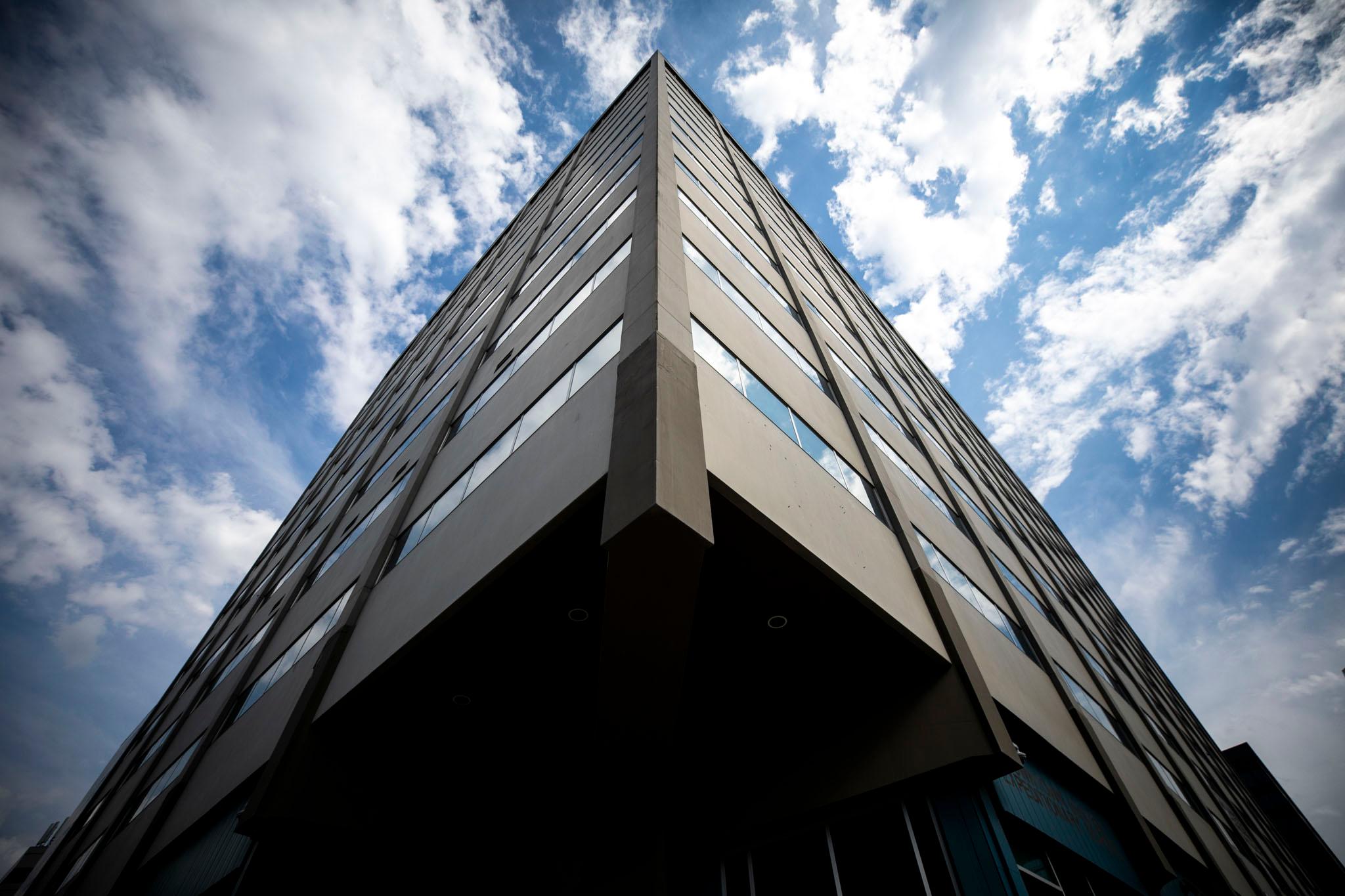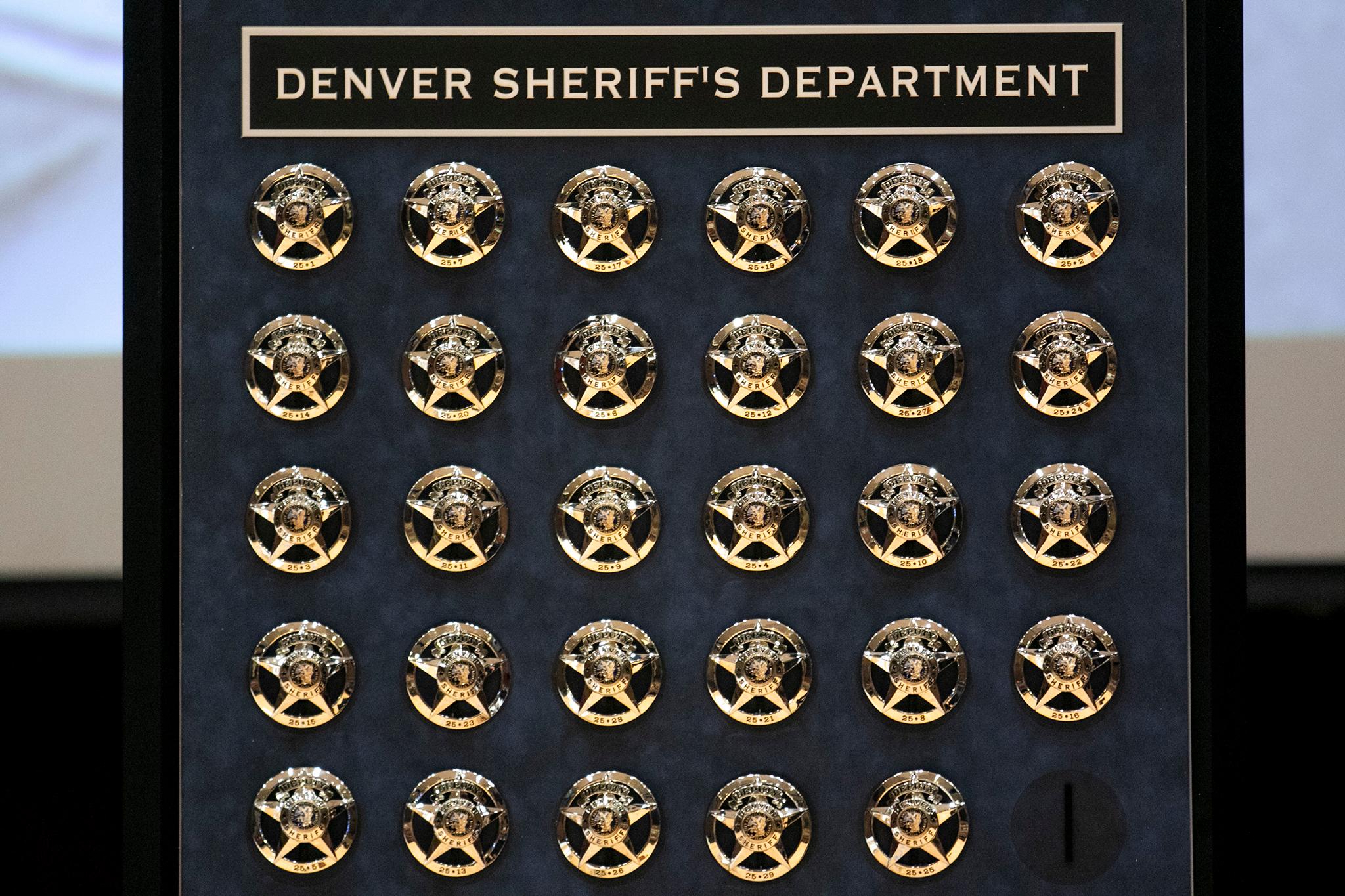Elvira Martinez was on an evening walk with her dogs as protesters took to the streets in Denver for the third consecutive night, marching against police brutality and racism.
It was May 31, and Martinez was tracking the trajectory of the protesters on social media. Around 8:30, she realized the crowd was heading straight for her family's home, near 13th Avenue and Ogden Street.
Martinez, her husband and their two daughters had been joining the nightly chorus of howlers showing their support for front-line workers during the pandemic. So on that evening, as it had been many times around 8 p.m., their patio door was open.
As the protesters neared, a gas Martinez couldn't identify permeated her home in Capitol Hill. "Like a burning plastic smell, it was making my throat itchy," she said.
The Denver Police Department has confirmed the exact weapons its officers used to control crowds months after protests erupted. According to information Denverite obtained through an open records request, officers used up to 20 different weapons during protests. Most were chemical agents, carrying names like "Spede-Heat" and "Triple-Chaser." (DPD said it could not speak to the weapons used by other law enforcement departments, which, for the first week of protests, did not have to abide by the department's use-of-force policy, while aiding DPD.)
The chemicals, meant to cause short-term breathing problems and a burning sensation, seeped into the eyes, skin and lungs of anyone nearby and into homes in Denver's densest residential neighborhood.
Here's the list of weapons officers used or "possibly used," DPD said, to repel people during protests. A records administrator said the department did not record the quantity used.
Live-X and Inert pepper balls
Defense Technology Direct Impact 40 millimeter crushable foam bullet with pepper powder
Combined Tactical Systems foam bullet with pepper powder
Defense Technology Riot Control continuous discharge grenade with CS powder ("tear gas")
Defense Technology Triple-Chaser separating canister with CS powder ("tear gas")
Defense Technology Spede-Heat continuous discharge chemical grenade with CS powder ("tear gas")
Defense Technology Military-Style Saf-Smoke grenade
Defense Technology Maximum HC Smoke large style canister
Defense Technology Stinger rubber ball grenade with pepper powder
Defense Technology Stinger 32 caliber rubber ball grenade with pepper or CS powder ("tear gas")
Defense Technology First Defense MK-9 Foam OC aerosol reflex trigger (pepper spray)
Combined Tactical Systems Baffled canister grenade with CS powder ("tear gas")
Combined Tactical Systems Sting-Ball grenade with rubber pellets and CS powder ("tear gas")
Combined Tactical Systems White Smoke grenade for concealment or signaling
Combined Tactical Systems White Smoke tactical grenade with irritant
Combined Tactical Systems outdoor tactical grenade with CS powder ("tear gas")
Sabre Red DPS 1.3% OC (pepper spray) Fogger
Combined Tactical Systems 40 millimeter stabilized foam baton for blunt force impact
Exact Impact 40mm standard range sponge round
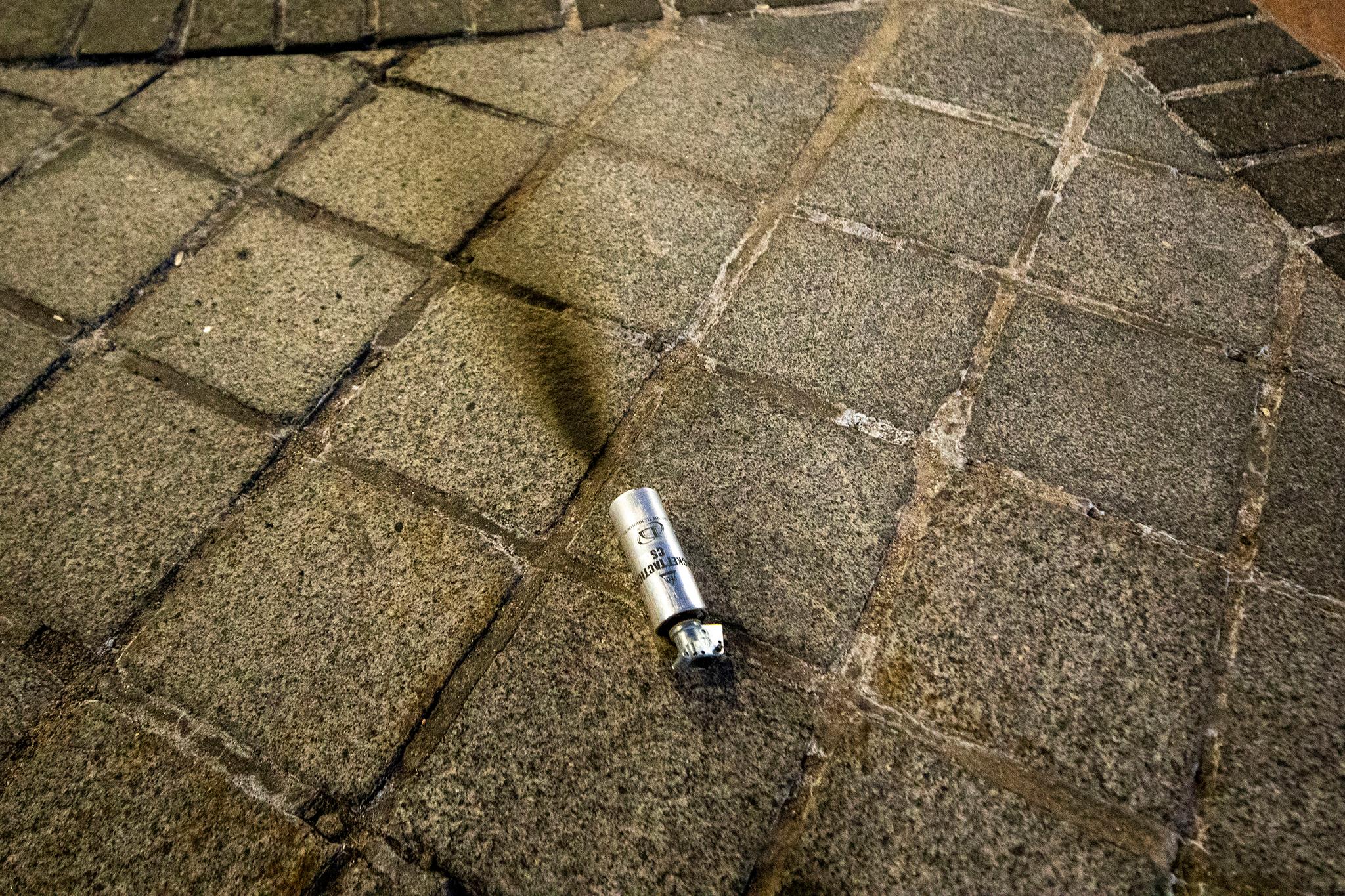
Martinez's house, like many in the area, is older, and the family tends to keep the windows open. But when protests erupted and their 10-year-old daughter started complaining of an itchy throat, they sealed their home as best they could, closing doors and windows.
The gas-like stuff DPD deployed that Martinez and her family smelled was CS powder. According to Rohini J. Haar, a doctor at the University of California Berkeley's School of Public Health who has studied chemical weapons for seven years, it's a less toxic alternative to crowd-control weapons typically used by military forces. It also doesn't stick around as long after it's deployed, though it can be kicked up more than a half-hour later. Tear gas can hurt older adults and children more severely, Haar said.
"Especially when tear gas is misused, and it frequently is, like ... too much of it is used or in close spaces, chronically it can cause allergic reactions and chronic lung issues," she said. "That is less common but it is most commonly seen in either children or the elderly or people with known respiratory or chronic issues."
Chemicals bothered the residents at the Olin senior apartments at 14th and Logan Street, said Mike Wallace, who works at the building.
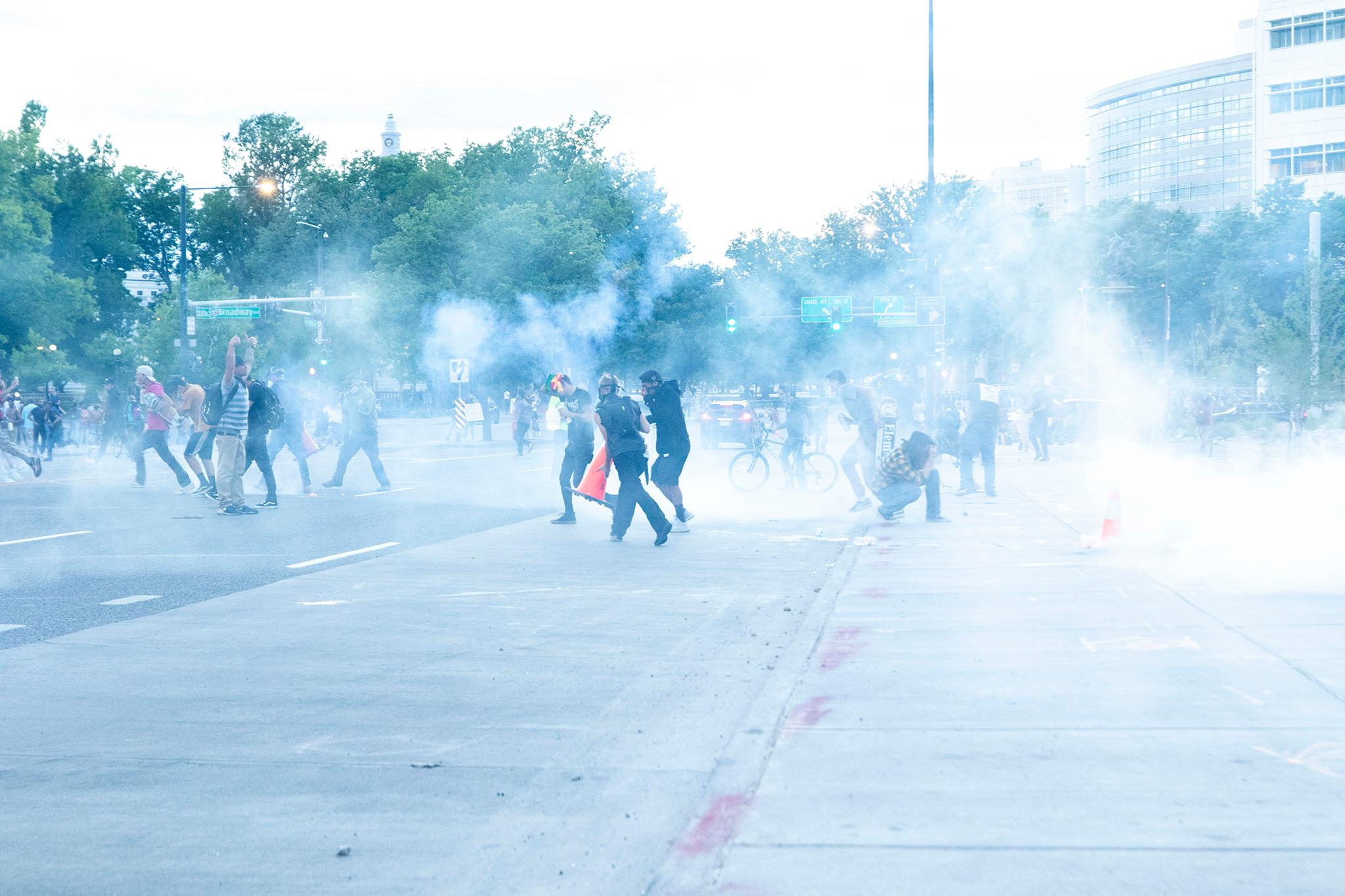
"Talking to a lot of the residents here, it was a problem," Wallace said, adding that while several residents complained, none were hospitalized.
Chelsea Jordan, who lives at the corner of 14th and Pennsylvania avenues, said protesters passed her building three times one night.
"The cops were gassing in our parking lot," Jordan said the next day with a raspy voice. She hasn't sought medical help. "To be honest, I don't have health insurance."
Debbi Cooper lives in the same building, and she and Jordan were part of a makeshift care station that provided eye washes and other first aid for people who'd been injured in the protests. Cooper said chemicals police used occasionally forced her neighbors to evacuate.
"My one neighbor had her air conditioner, she turned it on and it blew it all in," she said. "They couldn't even breathe for hours, they had to be outside."
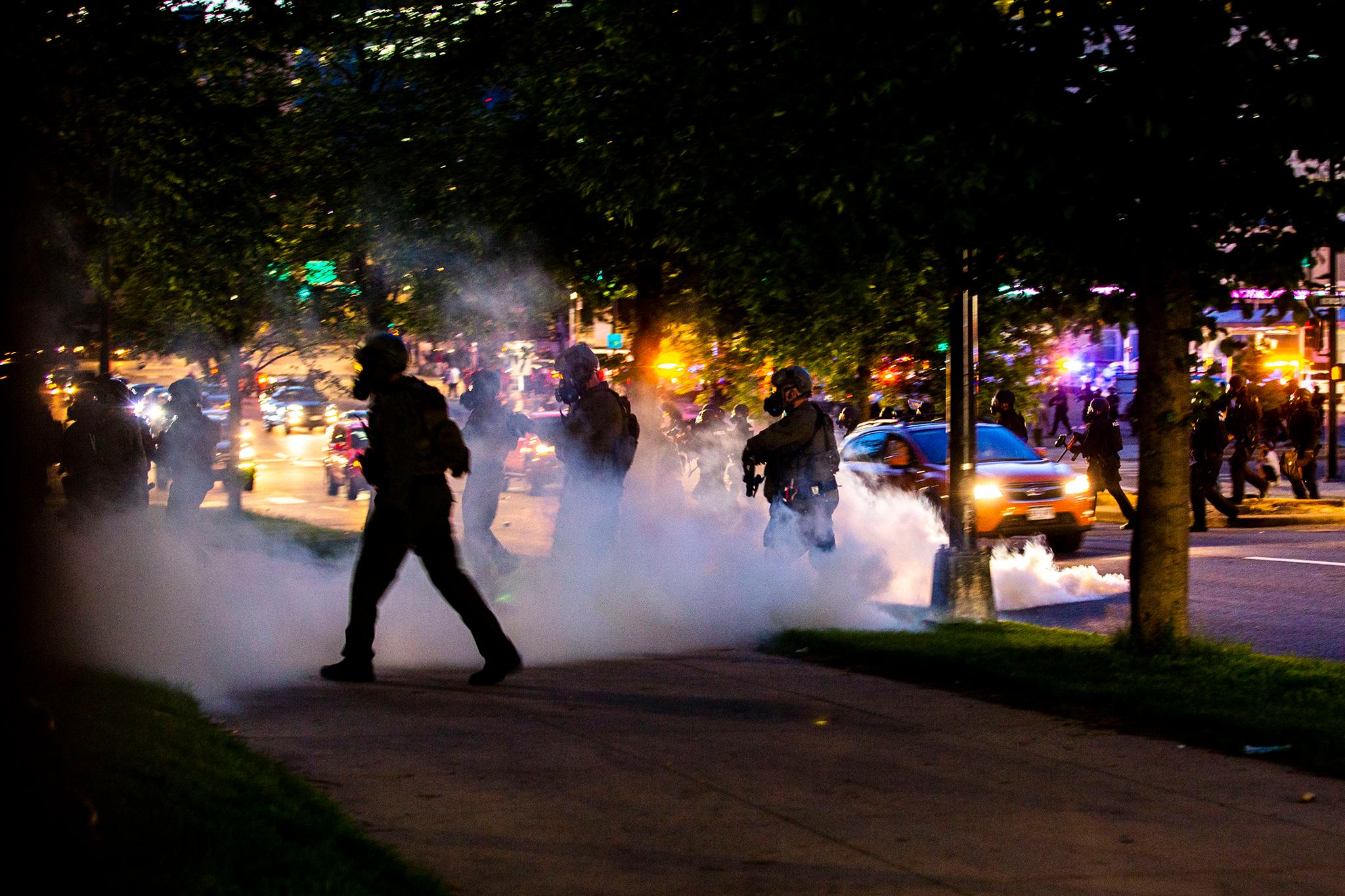
Cooper is asthmatic and said her inhaler was no good against the sensations brought on by the chemicals. She said her symptoms included "burning, really hard to breathe, coughing till you puke, nose on fire, eyes watering like crazy."
Those seemingly life-threatening symptoms are by design and supposed to be short-lived, Haar said.
Cooper has not experienced any negative long-term physical effects from her experience, she recently told Denverite. Martinez said everyone in her family is also fine and everyone in her family is also fine, she said.
"We don't have any residual effects," Martinez said.
This article was updated to specify the time period in which outside law enforcement agencies did not have to abide by Denver's use of force policy.
